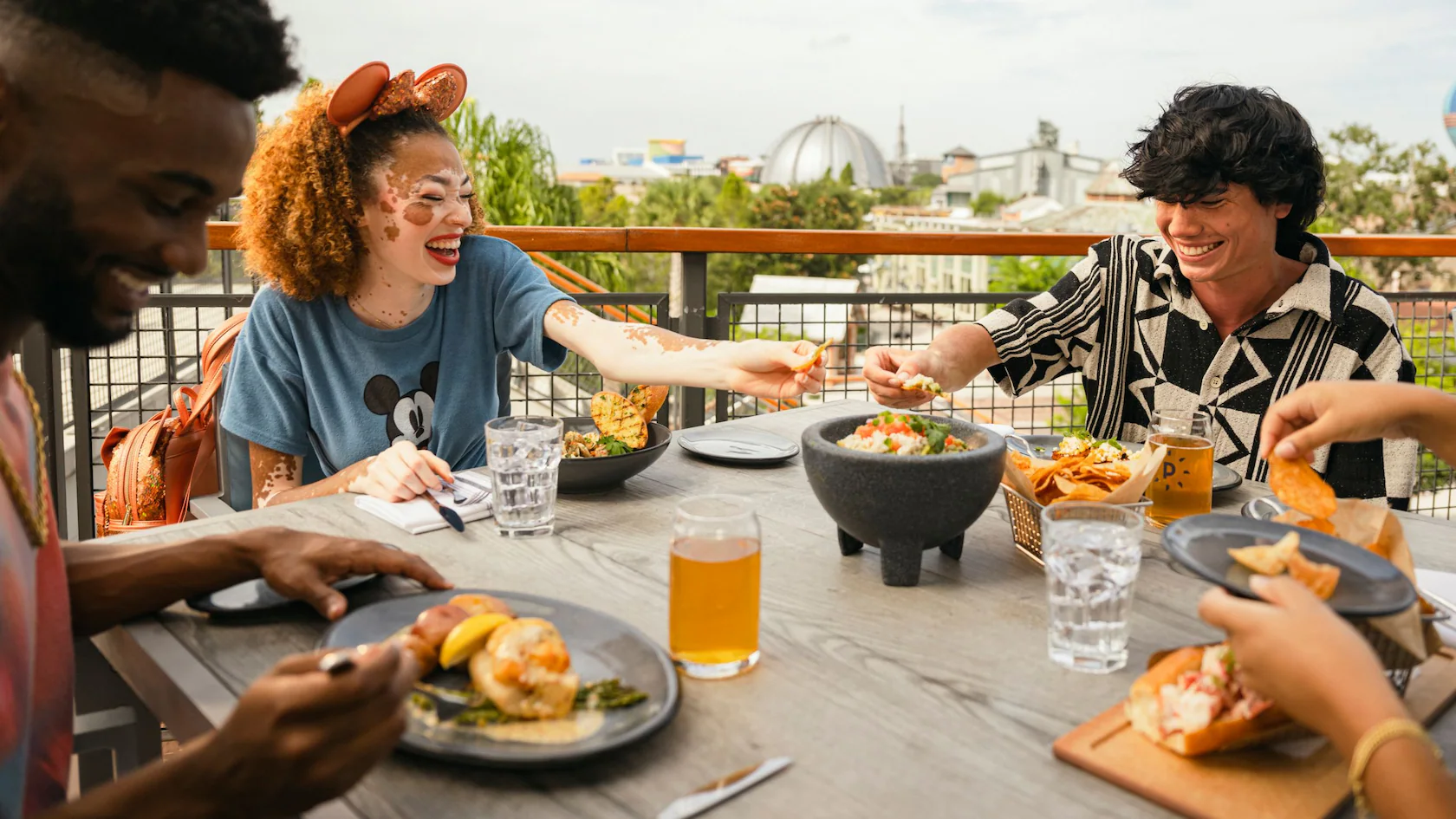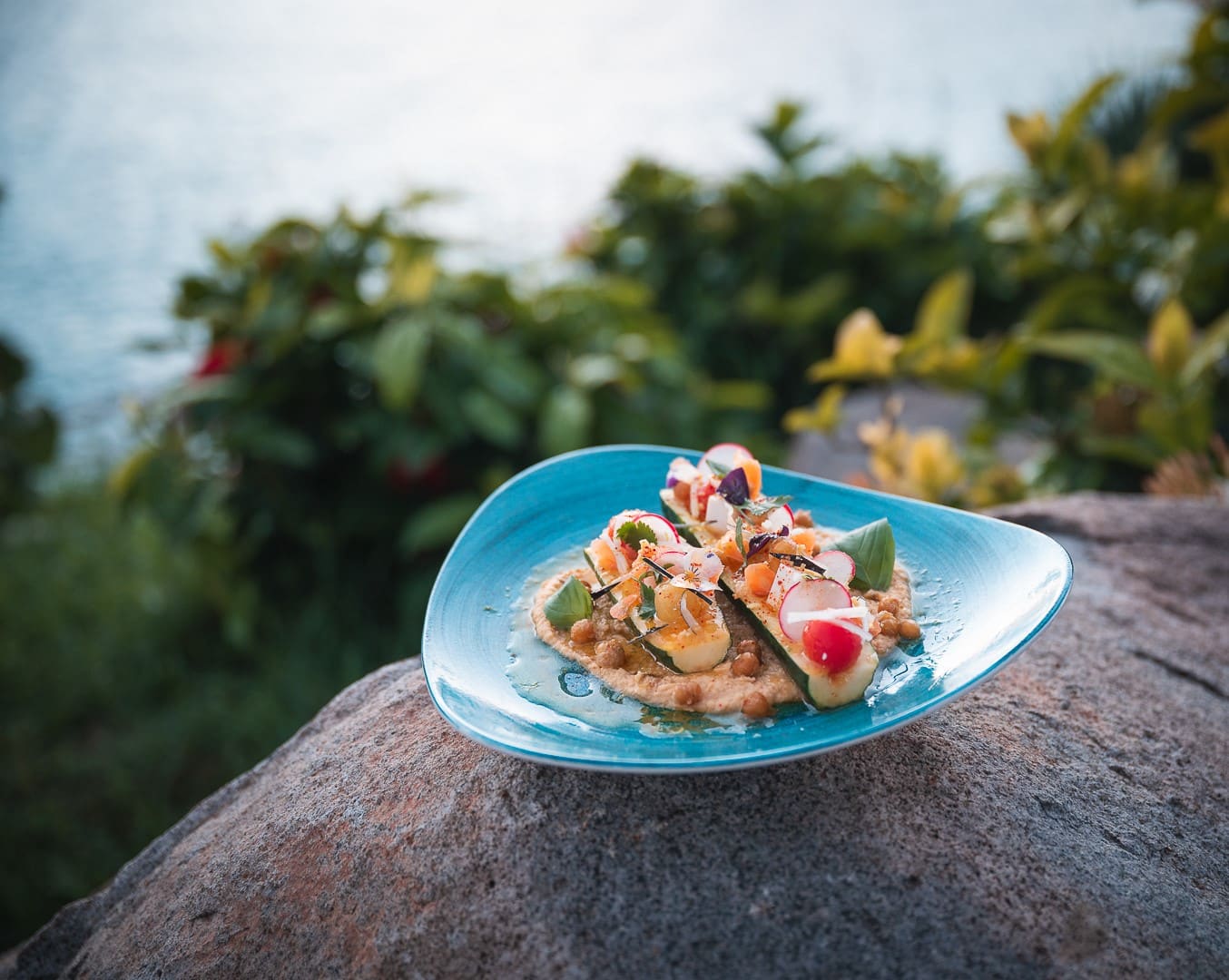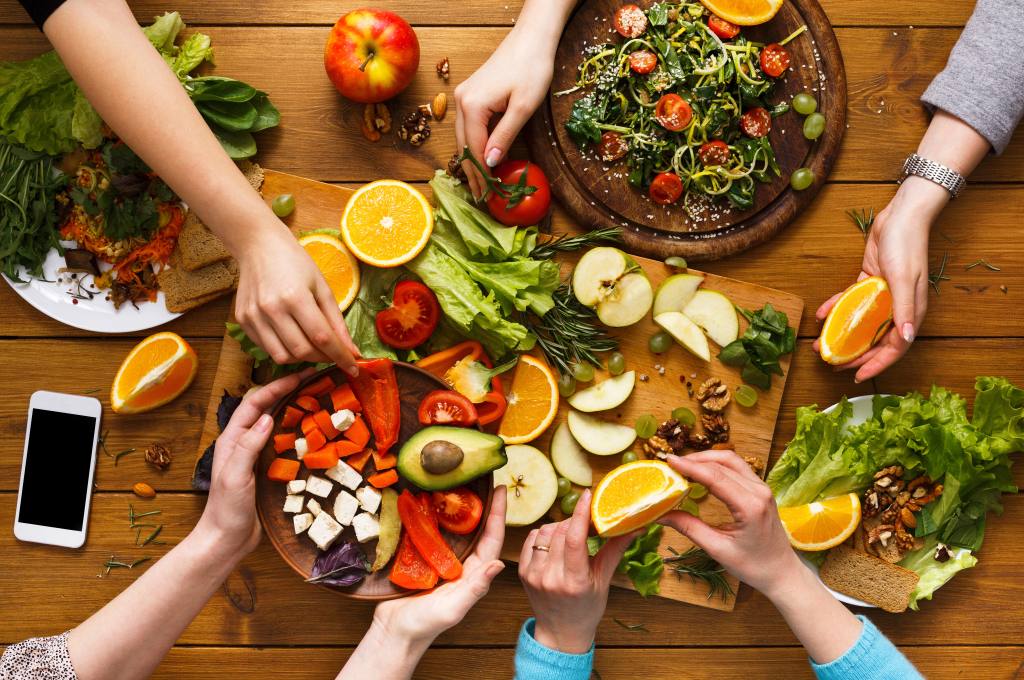A Taste of Leisure: How Food and Recreation Create the Perfect Pairing
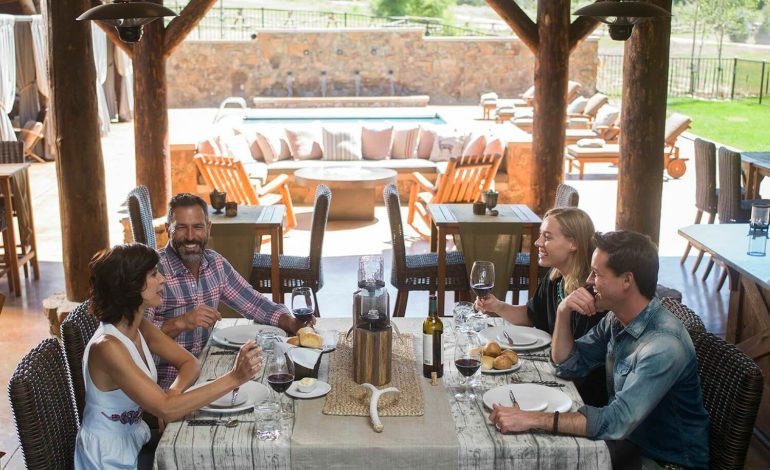
In a world that often feels like it’s moving at breakneck speed, many people are turning back to life’s simple pleasures: spending time outdoors, cooking for fun, and enjoying meals with family and friends. Food and recreation — two everyday elements — are more than just necessities or hobbies. When combined, they create rich, memorable experiences that feed both the body and soul.
From leisurely weekend cookouts to food festivals, hiking picnics, or cooking classes, the link between what we eat and how we unwind is stronger than ever. This article explores how the intersection of food and recreation has become a driving force behind well-being, culture, and even tourism.
The Joy of Food-Centered Recreation
At its core, recreation is about enjoyment — taking time to refresh your mind and body. When food is added to the mix, it elevates the experience from something passive to something immersive and deeply satisfying.
Whether it’s hosting a backyard barbecue, visiting a food truck festival, or gathering around a bonfire to roast marshmallows, food-centered recreation brings people together. These activities foster connection, create traditions, and offer a chance to slow down and savor life’s pleasures.
In fact, research shows that people who engage in shared meals and food preparation often have stronger social bonds and lower stress levels. The act of preparing and enjoying food with others is inherently communal — and incredibly powerful.
Outdoor Dining: Nature’s Dining Room
One of the most relaxing and rewarding ways to combine food and recreation is through outdoor dining. Picnics, camping meals, beachside barbecues, or mountaintop lunches offer a break from the routine of indoor dining and provide a change of scenery that enhances the overall experience.
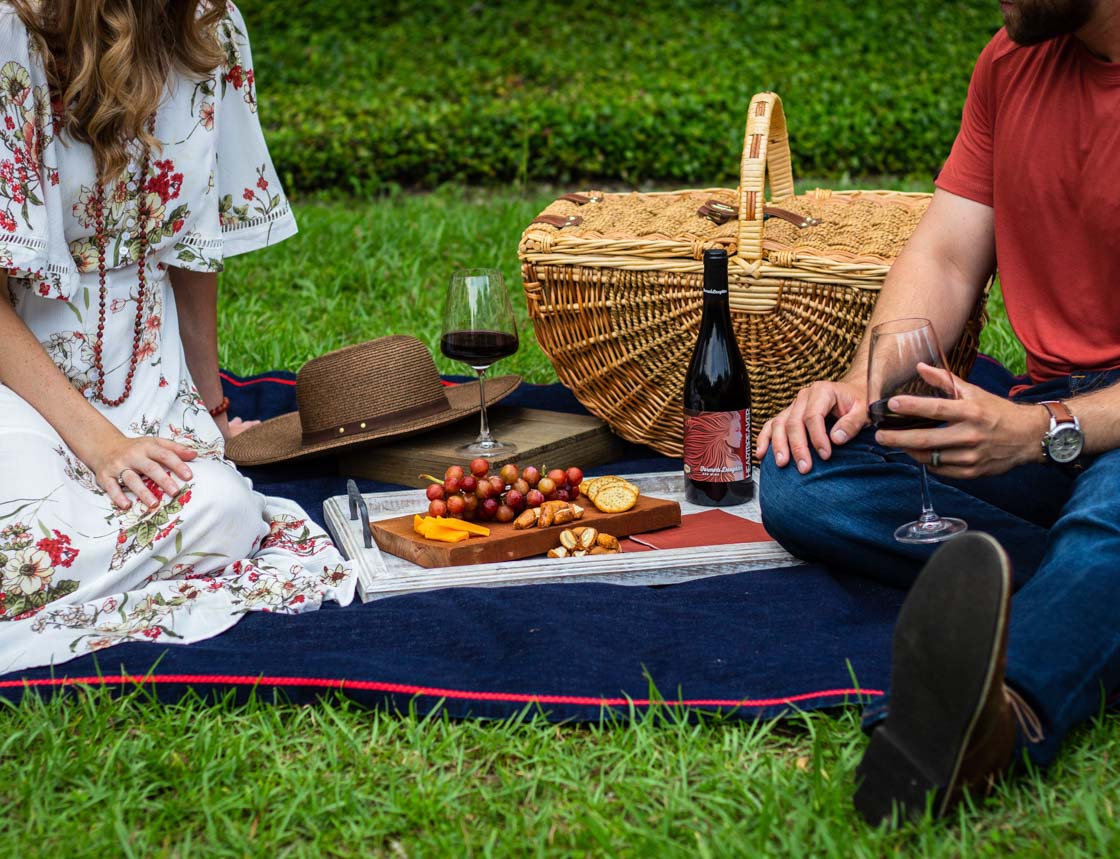
Packing a basket of homemade sandwiches and hiking to a scenic overlook isn’t just a meal — it’s an adventure. Cooking over an open flame at a campsite creates a sense of accomplishment, while eating under the stars adds a touch of magic to even the simplest dish.
These types of recreational eating experiences allow individuals and families to reconnect with nature, reduce screen time, and engage in mindful eating — a growing trend that encourages being present while enjoying meals.
Food Festivals: Flavors of Community
Every year, thousands of food and drink festivals take place across the U.S. and around the world. These events are more than just opportunities to sample dishes — they are celebrations of culture, creativity, and community.
From chili cook-offs and wine tastings to seafood boils and vegan fairs, these festivals highlight local cuisine, support small businesses, and provide entertainment for all ages. Many include live music, cooking demonstrations, and contests that turn a simple food experience into a full-day recreational outing.
For communities, food festivals are not only economically beneficial but also strengthen identity and pride. For visitors, they’re a way to explore new flavors and traditions in a lively, interactive setting.
Culinary Classes: Cooking as Entertainment
Not all recreation involves travel or the outdoors. Many people are turning to cooking classes as a form of hands-on entertainment. Whether you’re learning to make pasta from scratch, rolling sushi, or exploring gluten-free baking, culinary classes offer both skill-building and fun.
Cooking classes can be done solo, as a couple, with friends, or as part of a team-building event. They offer a structured, social activity that’s ideal for celebrating birthdays, date nights, or just trying something new.
For many, the joy of preparing a dish and sharing it afterward is just as fulfilling as eating at a restaurant — if not more. These experiences often deepen appreciation for food and broaden culinary horizons.
Farm-to-Table and Food Trails: Travel with Taste
In recent years, food tourism has emerged as a major driver in both domestic and international travel. Travelers are seeking out destinations based on the food experiences they offer — from fresh oysters on the coast of Maine to barbecue trails in Texas or cheese tours in Wisconsin.
One rising trend is farm-to-table tourism, where visitors tour working farms, pick produce, and enjoy meals prepared on-site with ingredients harvested minutes earlier. This type of recreation offers insight into where food comes from and supports sustainable agriculture.
Food trails — such as craft beer routes, taco tours, or chocolate walks — also turn eating into an exciting journey. These curated experiences blend sightseeing, local flavor, and cultural education all in one.
The Rise of Recreational Gardening and Foraging
Growing your own food is both a satisfying and educational form of recreation. Home gardening, whether in a backyard, balcony, or community garden, has surged in popularity, especially since the pandemic. For many, tending to vegetables, herbs, and fruits is a relaxing, therapeutic activity that ends with the joy of eating what you’ve grown.
Foraging — the act of harvesting wild food like mushrooms, berries, or edible greens — is another recreational trend gaining attention. While it requires education and safety knowledge, foraging connects people to nature in a deeply primal way and offers a fresh, seasonal way to experience the outdoors.
Cooking Competitions and Food Challenges
For those who enjoy a bit of adrenaline in their recreational activities, food competitions provide excitement and friendly rivalry. From chili cook-offs and pie baking contests to online cooking challenges or family bake-offs, these events blend creativity, flavor, and fun.
Even on platforms like TikTok or YouTube, food-based challenges (like “cook a meal with 5 ingredients” or “make dinner under $10”) offer virtual recreation that brings people together from across the globe.
Whether in person or online, cooking competitions emphasize experimentation, teamwork, and the thrill of achievement — not to mention delicious results.
The Wellness Angle: Food and Mindful Recreation
The overlap between food, wellness, and recreation is also growing. Many retreats, fitness events, and wellness workshops now incorporate nutritional education, cooking classes, or detox meals as part of their programming.

Yoga and wellness retreats often include vegetarian or plant-based cuisine that supports mental clarity and physical vitality. Athletic camps and outdoor bootcamps sometimes pair training with sports nutrition classes or high-protein meal plans that enhance performance.
This integration helps participants connect the dots between what they eat and how they feel — turning food into a form of self-care and wellness recreation.
Conclusion: Savoring More Than Just Flavor
In today’s fast-moving world, finding joy in simple, shared experiences is more important than ever. Whether it’s eating fresh fruit at the beach, learning to make a traditional dish, or exploring a new culinary region, food-based recreation offers a rich blend of relaxation, learning, and connection.
It reminds us that food isn’t just fuel — it’s memory, culture, celebration, and creativity. And when combined with recreation, it becomes a pathway to deeper happiness and well-being.
So, whether you’re planning your next picnic, signing up for a cooking class, or exploring your local food scene, remember this: the best experiences in life are often those that you can taste and share.




